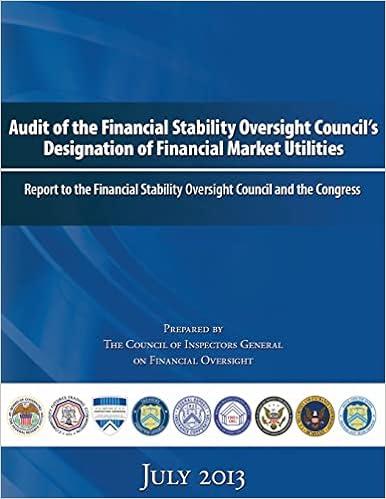Answered step by step
Verified Expert Solution
Question
1 Approved Answer
Last theoretical answers only? ategory (direct materials) and a single indirect-cost category (convers ionsider the following data for the assembly department in April 2020 (Click


Last theoretical answers only?
ategory (direct materials) and a single indirect-cost category (convers ionsider the following data for the assembly department in April 2020 (Click the icon to view the data.) (Click the icon to view the total costs assigned under the weighted-average method.) ead the requirements. nethod or the FIFO method? Explain briefly. he FIFO ending work in process inventory is than the weighted-average ending inventory. This is because FIFO assumes that all the in work in process are the first to be completed and transferred out while ending work in process consists of only the nigher-cost current-period units. he weighted-average method by assuming that are completed and transferred out, while in beginning work in process are placed in ending work in process. Hence, in this case, th reighted-average method results in a higher cost of units completed and transferred out and a lower ending work-in-process inventory relative to FIFO. ihould Walton's managers choose the weighted-average method or the FIFO method? Explain briefly. Walton Handcraft is a manufacturer of picture frames for large retailers. Every picture frame passes through two departments: the assembly department and the finishing category (direct materials) and a single indirect-cost category (conversion costs). Direct materials are added when the assembly department process is 10% complete. C Consider the following data for the assembly department in April 2020 (Click the icon to view the data.) (Click the ico Read the requirements. Reference Started and completed Work in process, ending Total costs accounted for Print Done Requirement 2. Explain any difference between the cos method or the FIFO method? Explain briefly. 1. Summarize total assembly department costs for April 2020 , and assign them higher-cost current-period units. to units completed (and transferred out) and to units in ending work in process inventory. 2. Explain any difference between the cost of work completed and transferred out and the cost of ending work in process inventory in the assembly weighted-average method results in a higher cost of units completed and transferred out and a lower ending work-in-process inventory relative to FIFO. department under the weighted-average method and the FIFO method. Should Walton's managers choose the weighted-average method or the FIFO Should Walton's managers choose the weighted-average method or the FIFO method? Explain briefly. method? Explain briefly. is that it provides better information for managing the business because it keeps smooth the cost per equivalent unitStep by Step Solution
There are 3 Steps involved in it
Step: 1

Get Instant Access to Expert-Tailored Solutions
See step-by-step solutions with expert insights and AI powered tools for academic success
Step: 2

Step: 3

Ace Your Homework with AI
Get the answers you need in no time with our AI-driven, step-by-step assistance
Get Started


